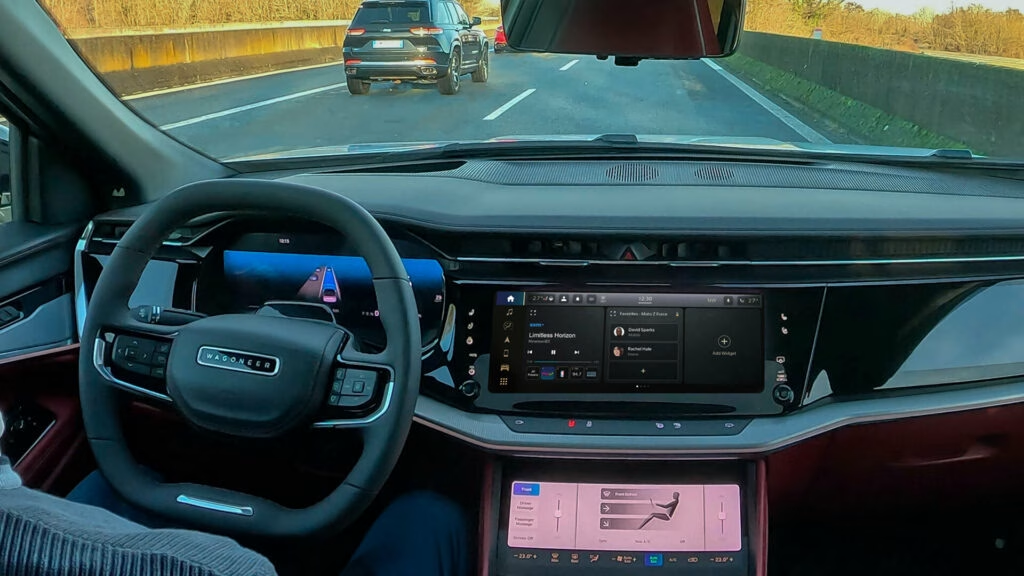Why Did Stellantis Pause Its Level 3 Autonomous Driving Ambitions?
If you’ve been following the race toward self-driving cars, you might have noticed a surprising move from Stellantis. The global automaker, known for brands like Jeep, Dodge, and Ram, has reportedly put its Level 3 semi-autonomous driving system—STLA AutoDrive—on ice. The reason? It’s a cocktail of high costs, tough technical hurdles, and, perhaps most importantly, lukewarm consumer interest.
Insiders familiar with the decision say the program isn’t dead, just “shelved” for now. Stellantis itself hinted that the technology is ready to roll, but there’s simply not enough demand to justify launching it. That’s a pretty big deal in an industry where everyone seems to be chasing the next big leap in automation.
What Makes Level 3 Automation Different from Other Systems?
Let’s clear up the jargon. Level 3 autonomous driving is a sweet spot for private vehicles. It’s not full self-driving, but it’s a big step up from the driver-assist features you see in most cars today. In a Level 3 system, the car can handle all aspects of driving under certain conditions—think highway traffic jams or city cruising at low speeds. The catch? The driver must be ready to take over if the system asks.
This is different from Level 2 systems, which require your hands on the wheel and eyes on the road at all times. Level 3 lets you relax a bit more—maybe check your email or watch a movie—while the car does its thing. But you’re not off the hook entirely.
Are Other Automakers Succeeding Where Stellantis Stepped Back?
Absolutely. Mercedes-Benz, for example, has already launched a certified Level 3 system called Drive Pilot in the United States. It’s available on the EQS and S-Class, operating at speeds under 40 mph and only in specific scenarios. That’s a real-world example of this tech in action, not just a concept on a PowerPoint slide.
But even Mercedes is moving cautiously. Regulatory hurdles, liability questions, and the need for ultra-reliable sensors mean progress is slow and expensive. According to a 2023 report from McKinsey, the cost of developing and validating Level 3 systems can run into the billions, with no guarantee of quick payback if buyers aren’t lining up.
Why Aren’t Drivers Clamoring for Level 3 Features?
It’s a fair question. On paper, the benefits are obvious: more relaxation during commutes, less stress in traffic, and the ability to multitask safely. Stellantis promised that AutoDrive would let drivers read, watch movies, or just gaze out the window while the car handled the rest—even at night or in bad weather, up to 37 mph.
But here’s the rub. Surveys from AAA and J.D. Power in 2024 show that most drivers are still wary of handing over control to a machine, especially when the system might suddenly demand their attention. Trust takes time to build, and a few high-profile incidents with other self-driving systems haven’t helped public perception.
There’s also the price tag. Advanced driver-assistance tech doesn’t come cheap, and many buyers are already feeling sticker shock from rising new car prices. Add in the fact that Level 2+ systems (think Tesla’s Autopilot or GM’s Super Cruise) already offer a taste of hands-free driving at highway speeds, and it’s easy to see why Level 3 isn’t a must-have for most shoppers—yet.
What’s Next for Stellantis and the Future of AutoDrive?
Stellantis hasn’t slammed the door shut on Level 3. The company says the tech is “available and ready to be deployed” if the market shifts. That’s a smart move—keeping the option open while avoiding a costly rollout nobody’s asking for.
Meanwhile, Stellantis is still pushing forward with Level 2+ systems, which allow for hands-off driving at higher speeds but require constant driver supervision. These features are likely to become more common across Dodge, Jeep, and Ram models in the next few years, offering incremental improvements while the world waits for the next leap.
The big takeaway? The road to self-driving cars isn’t about perfection—it’s about smarter adjustments. Start with one change this week, and you’ll likely spot the difference by month’s end. Sometimes, the best innovation is knowing when to pause, regroup, and wait for the world to catch up.

